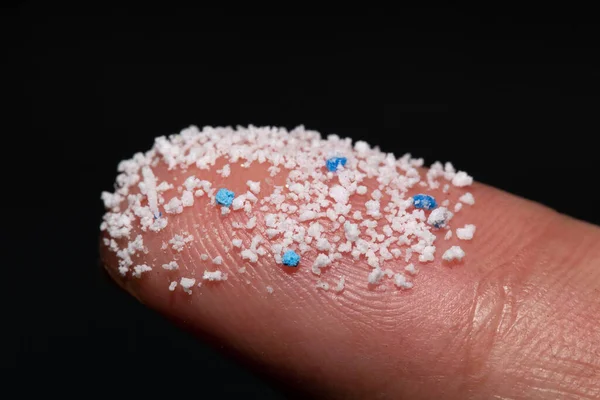TRANSFORM YOUR HEALTH WITH THE EXPERTISE AND EXPERIENCE OF A DOUBLE BOARD-CERTIFIED PHYSICIAN
TRANSFORM YOUR HEALTH WITH THE EXPERTISE AND EXPERIENCE OF A DOUBLE BOARD-CERTIFIED PHYSICIAN

Plastic has become an integral part of modern life, found in everything from food packaging to clothing. However, recent studies have revealed a disturbing fact: humans are ingesting a credit card-sized amount of plastic every week. This alarming statistic emphasizes the toxic nature of microplastics and plastic in our environment and their potential impact on our health.
Microplastics are tiny plastic particles less than 5 millimeters in size, often invisible to the naked eye. They originate from various sources, including the breakdown of larger plastic debris, synthetic fibers from clothing, and microbeads found in some personal care products. Microplastics have been detected in oceans, rivers, soil, and even in the air we breathe, making them nearly impossible to avoid. Once ingested or inhaled, microplastics can travel through out the body, including the brain.
The ubiquity of microplastics means they can enter our bodies through multiple routes:
The journey of microplastics to the brain is facilitated by their small size, which allows them to cross biological barriers that typically protect the brain from harmful substances:
The presence of microplastics in the brain raises serious concerns about their potential impact on neurological health:
While research on the health effects of microplastics is still in its early stages, there are several concerning findings:
An often-overlooked aspect of microplastic exposure is its impact on the gut-brain axis—a critical communication network between the gut and the brain. Microplastics ingested through food and water can disrupt the gut microbiome, leading to inflammation and increased gut permeability (commonly known as “leaky gut”). When the gut barrier is compromised, it can allow harmful substances, including microplastics, to enter the bloodstream and potentially reach the brain. This gut-brain axis disruption has been linked to mood disorders, cognitive decline, and other neurological conditions.
While completely eliminating microplastic exposure is challenging, there are steps you can take to minimize it:
The pervasive presence of microplastics and plastic in our environment is an emerging public health concern with potentially serious implications for our health, particularly brain health. By understanding the sources and risks of microplastic exposure, we can take steps to protect ourselves and advocate for a cleaner, healthier future.
Remember, the small choices we make today can have a significant impact on our well-being tomorrow.
If you’re concerned about the impact of microplastics and other environmental toxins on your brain health, I’m here to help. With his expertise in brain health and environmental medicine, I can guide you through personalized strategies to protect your cognitive function and overall well-being. Visit www.drjosh.com to learn more and schedule a consultation to start taking control of your brain health today.
DISCLAIMER: This is not intended to be medical advice. Always consult with your physician first.
*The statements (appearing on this website) have not been evaluated by the Food and Drug Administration. These products are not intended to diagnose, treat, cure, or prevent any disease.
Copyright © 2024 · All Rights Reserved · Dr Josh